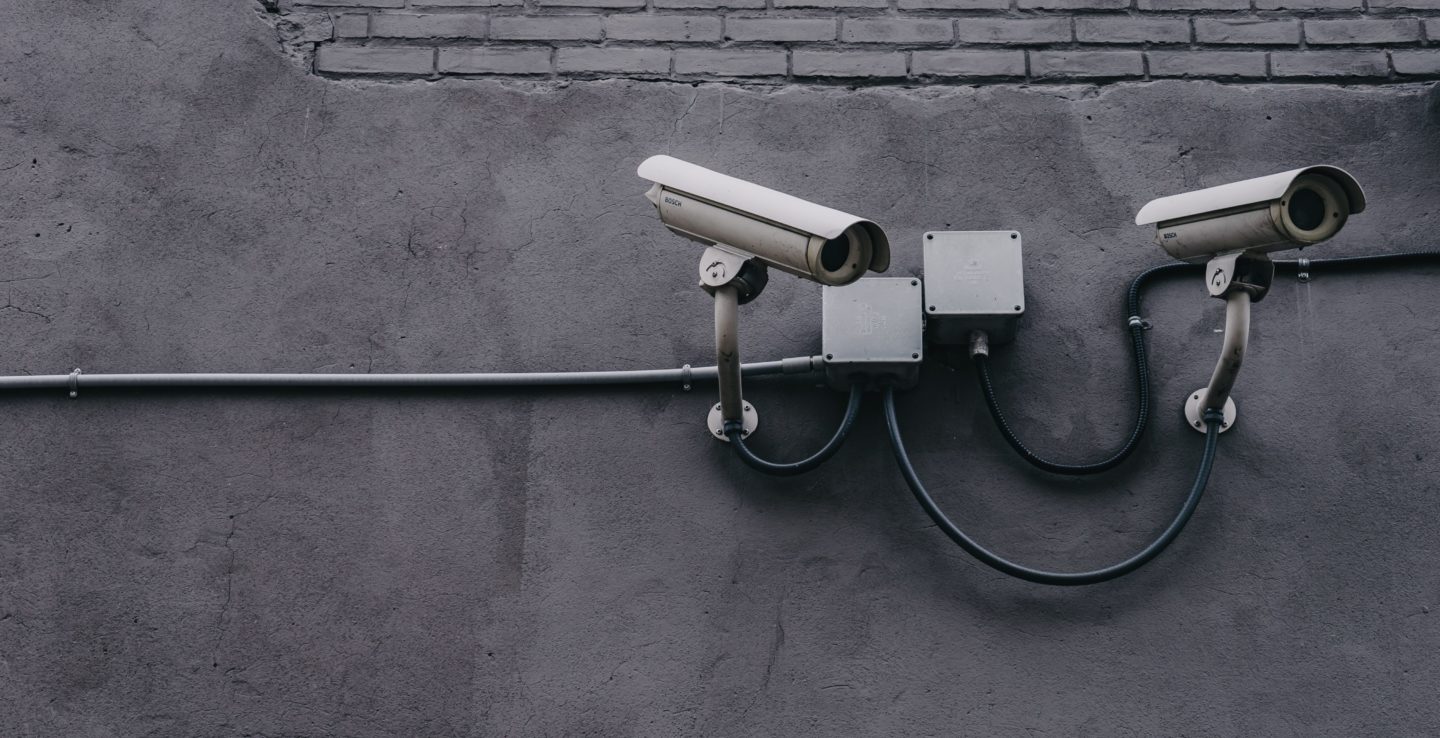The future of work remains hybrid. But tracking every keystroke, mouse movement and email is not the best way to manage the more fluid boundaries, argue Ali Aslan Gümüsay, Sonja Köhne, Thomas Schildhauer, Martin Krzywdzinski and Hendrik Send, as they offer practical steps for organizing the office and company of the future.
What will the future of work look like? Of course, for many, in-person work is essential. But for a large part of the workforce, the need is more ambiguous, and companies have developed fundamentally different approaches. Our research builds on several sources including 34 case studies in six industries (automotive, chemical, mechanical and plant engineering, logistics, health, financial services) complemented by a standardized survey of 540 companies in these industries.
We also analyzed 100 commercial people analytics software that analyze employee-generated data and offer actionable insights to employees and managers, for example through…


